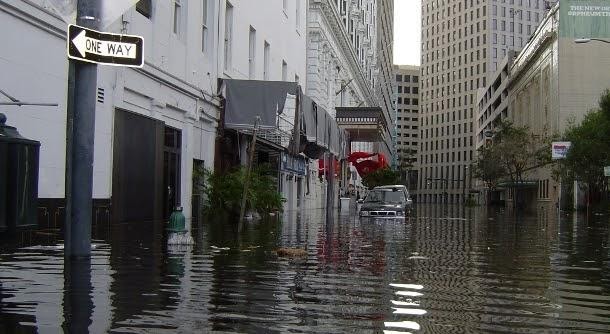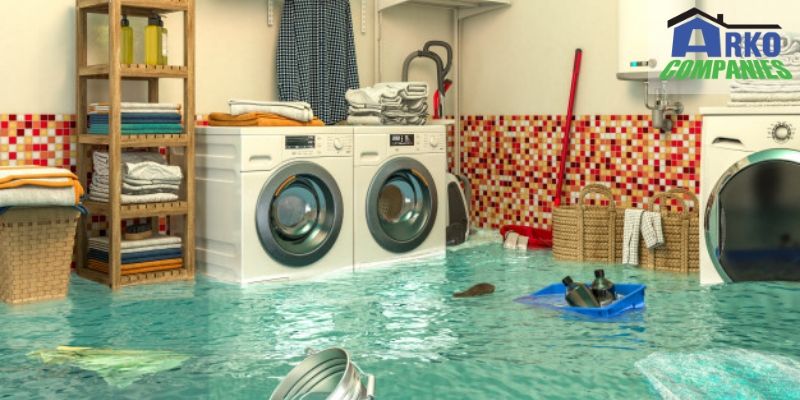Spring rains and melting winter snow are a powerful combination for all countries. It seems that the entire world can become saturated and, many times, it is filled to capacity and beyond. You might consider spring flooding as a common occurrence that affects everything including backyards, roadways, and basements. For people, two to three inches of water might not seem like a big deal, but it is vital to remember that any standing water that occurs from flooding has potential risks and it must be drained out as soon as possible. Generally, standing water is an annoyance. Keep a check on the uncleaned/clogged drains that leave water in your sink, poor drainage in your yard leading to puddles, and/or even your neighbor’s poorly maintained swimming pool, as standing water can be foul, unpleasant, and bothersome.
What is Standing or Stagnant Water?
Basically, standing water or stagnant water refers to water that does not flow. It is generally a collection of water that stays in one place and becomes smelly and dirty within a short span of time. Stagnant water can be of any size– from a bucket kept under a leaky drain to a poorly maintained swimming pool… or sewage backing up in your backyard! There are several sources of standing water that can be either clean or contaminated. Some of the most common sources of clean standing water are water supply lines that bust or leak and/or rainwater leaking into your home through roofs, windows, or other unsealed areas. Although the water is clean, it can quickly become a real problem if it is not addressed immediately.
If you experience standing water coming from contaminated sources, such as flooding and sewage backups, immediate action is required. It is harmful because it is filled with parasites, bacteria, and mold, and poses serious health risks to you, your family, and your pets.
Water Can Attract Pests: If you are not diligent in regular maintenance activities, then it is common for water to accumulate. This water can be from heavy rainfall or a poor drainage system. Moreover, outdoor water containers, such as birdbaths, fountains, and buckets, can also collect a substantial amount of water if not drained periodically. Water can and will attract pests that you probably don’t want around your house– or in it!
Health Risks Of Standing Water: Standing water can be dangerous to the health of your family members and pets. It can involve pathogens, mosquitoes, maggots, algae, and bacteria. And don’t forget it can lead to painful bites, allergies, and life-threatening diseases. Moreover, excessive moisture can also encourage the growth of toxic mold on the exterior surface of your home.

Standing Water Can Cause Structural Damage: Structural damage can happen to the property as standing water soaks into the walls and flooring. Water has the capacity to dissolve drywall, spoil carpet padding, and ruin wooden cabinets. It can also damage hardwood floors and wood studs.
Risks Of Contamination From Standing Water: Standing water contains bacteria and other contaminants from toxic chemicals to both human and animal wastes. It can also cause water-borne diseases such as cholera, dysentery, or diarrhea. Standing water is also a breeding ground for mosquitoes.
Summary:
Whether you have stagnant water inside the house or outside, it can be really destructive. Standing water can cause various health issues and cause structural damage to your house. It can wreak havoc on your landscaping. Standing water can be due to leaky or poor drainage systems, excessive rainfall, storms, and/or poor quality of your property’s soil. You should hire a professional who can help you in identifying problems and suggest short as well as long-term solutions. This sort of thing must be addressed promptly. You want to make sure that you and your family stay healthy.

